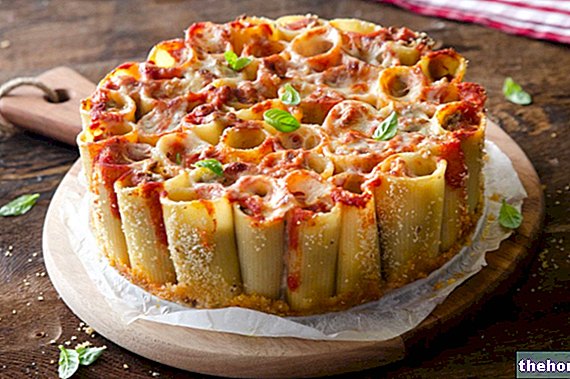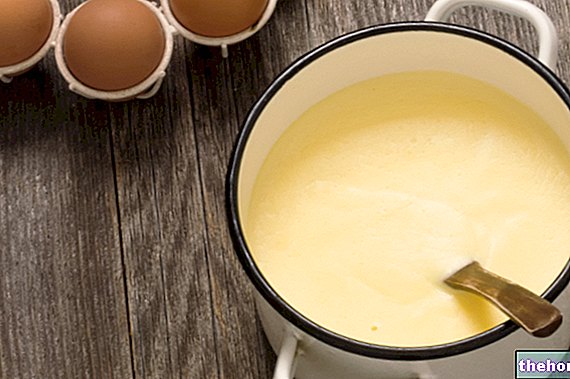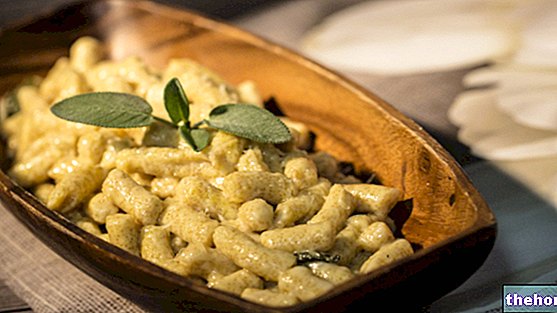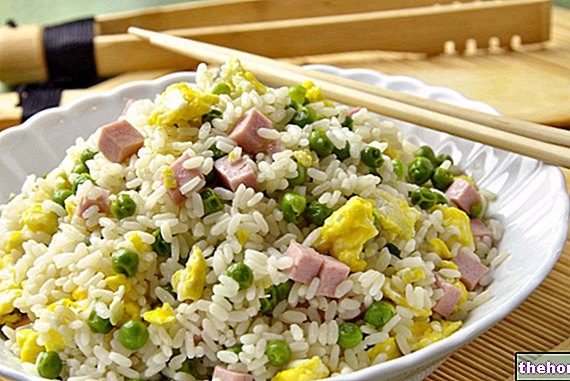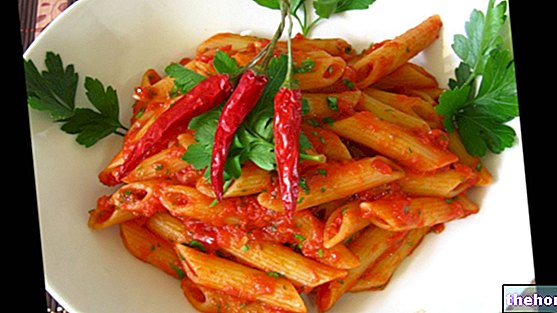Today I turn into a mad scientist and I will enchant you with a fantastic experiment: everything to eat! My goal is to convert Coca-Cola® into caviar! I bet you have opened your eyes wide with an "incredulous and questioning expression! I also know that you are wondering:" what does this say? "Don't be skeptical: this is a molecular cooking class!
Video of the Recipe
Problems with playing the video? Reload the video from youtube.
Identity Card of the Recipe
- 36 KCal Calories per serving
-
Ingrediants
For the fake caviar
- 100 ml of Coca-Cola
- 2 g of alginic acid
- 1.5 g of baking soda
For the solution
- 150 ml of water
- 4 g of calcium chloride
Materials Needed
- Precision scale
- Immersion mixer
- Syringe without needle
- Bowls of various sizes
- Colander or caviar spoon
Preparation
Preliminary notions
All liquids can be transformed into a sphere. To obtain this effect, simply mix the liquid (which can be juice, syrup or smoothie) with an alginate; the whole will then be dripped into a saturated solution of water and calcium chloride.- In a bowl, prepare the solution on which the liquid to be spherified will then be dripped. Then dissolve the calcium chloride in cold water.
What is calcium chloride?
It is a natural bitter salt identified by the initials E509. It is a food additive normally used as a pH regulator and agent capable of improving the texture of canned foods.- Pour the Coca-Cola® into a beaker and add the alginic acid and baking soda. Alternatively, 2 g of sodium alginate can be used. Blend with the immersion blender. Wait a few moments to remove the bubbles.
Let's be clear
Alginates are components extracted from brown algae: they are polysaccharides capable of determining the flexibility of cells.- Take the Coca-Cola® mix with a syringe without a needle.
- Drip the Coca-Cola® with the alginate in the solution of water and calcium chloride. The alginate, in contact with calcium ions, polymerizes giving life to spheres.
Why did the balls come out of shape?
The alginate, in contact with calcium ions, polymerizes giving rise to these particular spheres, called "drop" or "fake caviar".
Sodium alginate is formed by long chains that have sodium on the sides. In contact with a solution of water and calcium salts, a substitution occurs: sodium replaces calcium and, having double valence, holds two chains together. In this way, the various polysaccharide chains intertwine with each other to form a fabric.- Leave the Coca-Cola® drops in solution for about 40 seconds.
- Take the Coca-Cola® spheres with a colander or with a spoonful of caviar and wash them in a bowl with clean water to remove the typical bitter taste of calcium chloride.
- Each ball of Coca-Cola® obtained will consist of a liquid interior and a gel coating. The longer the balls remain immersed in the solution of water and calcium chloride, the more the phenomenon progresses, risking to solidify the core of the balls as well.
- Drain the fake caviar from the water and serve as desired.
Alice's comment - PersonalCooker
Imagine serving your friends a nice glass of Coca-Cola® caviar along with the pizza! And then look at their expression: they will surely be amazed by the original transformation of one of their favorite drinks!
Also try the strawberry caviar!Nutritional values and Health Comment on the recipe
Coca Cola Caviar is a sweet food but not very energetic, as it is very rich in water; it provides almost exclusively simple carbohydrates. The average portion is variable, but not exceeding 60-70g (20-25kcal).

